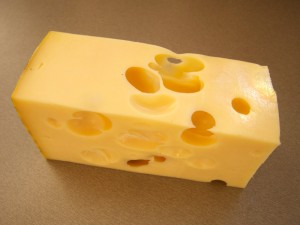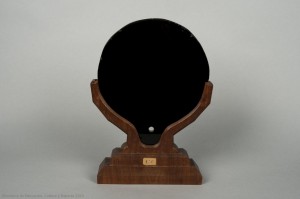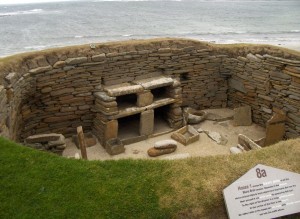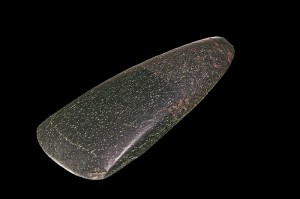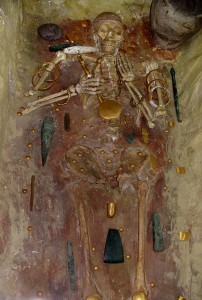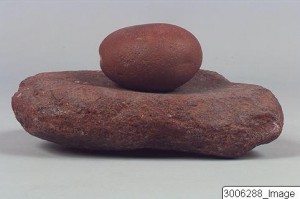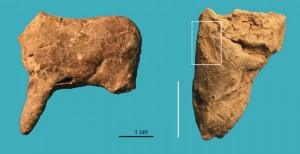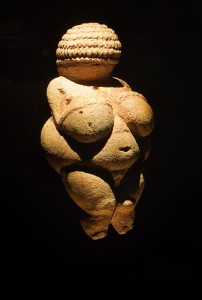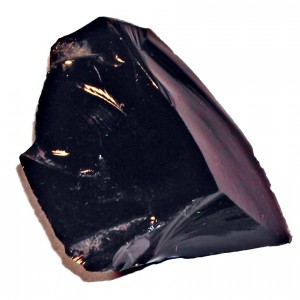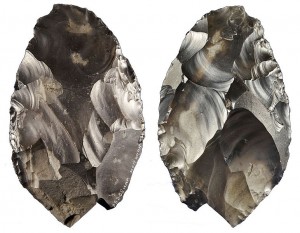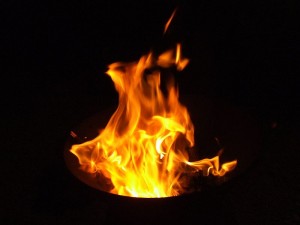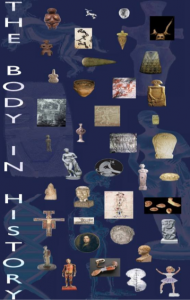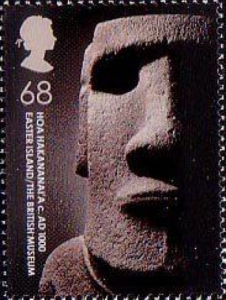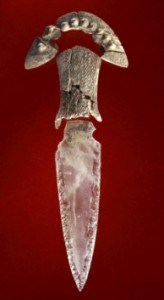
Bronze Age Dagger
A quartz crystal dagger with ivory handle was recovered from a Copper-Age tomb in southern Spain in 2008 within a highly unusual grave assemblage, dominated by exotic Ivory objects. This unique object has a blade, around 18cm long, made from a single piece of quartz crystal that was mounted in a highly decorated ivory handle and found accompanied by a carved ivory plaque, probably part of its sheath.
Continue reading →

